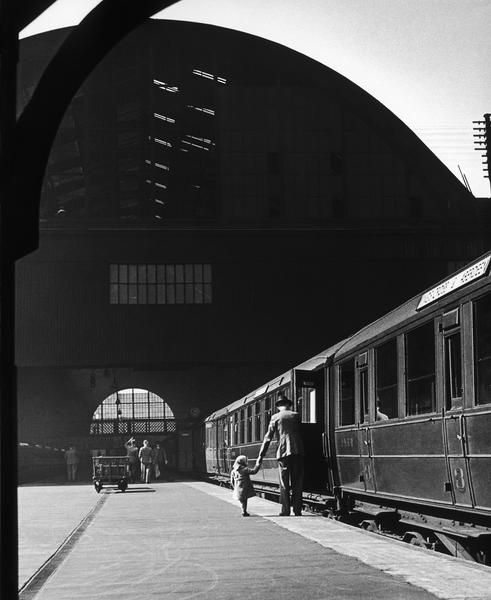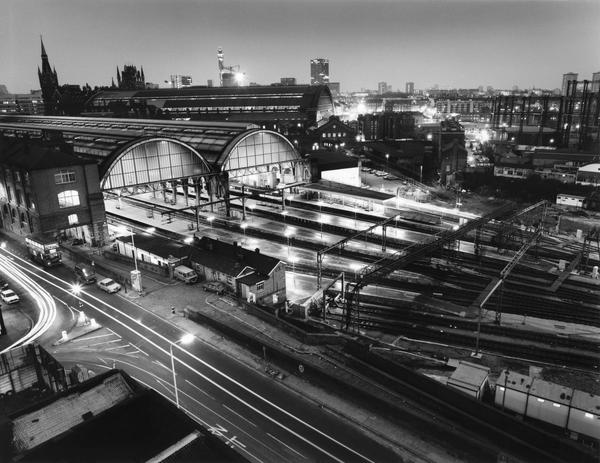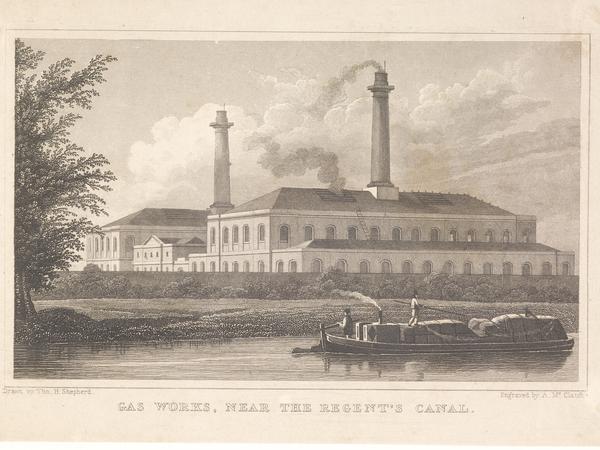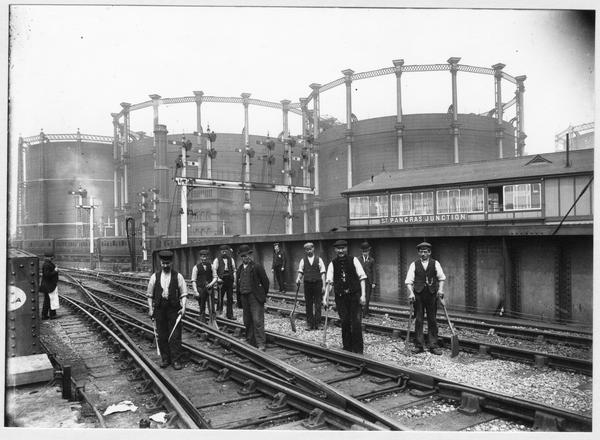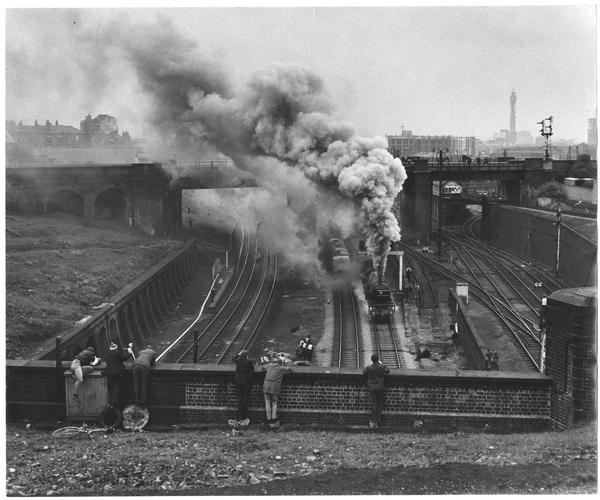King’s Cross Station: To Hogwarts & Edinburgh
Synonymous with Harry Potter’s Hogwarts Express and a fixture on the Monopoly board – King’s Cross is far more than just a busy transport hub.
King's Cross
Since 1852

For trains to Leeds, Edinburgh – and Hogwarts
King’s Cross was an integral part of London’s 19th-century mass-transit revolution, as the world’s largest city grappled with congested streets and urban expansion.
The vast station was a symbol of Britain’s industrial power and technological progress, and just one example of a flurry of railway construction which transformed London’s landscape.
Over 170 years since it opened, King’s Cross Station remains an architectural landmark, a vital transport connection – and a site of pilgrimage for Harry Potter fans.
What was there before the station?
King’s Cross Station opened to passengers on 14 October 1852. It was built as the southern terminus for the Great Northern Railway, an ambitious project to link London and York by train.
A smallpox hospital stood on the site before the station was built. When the railways arrived in London from the 1830s, their construction sometimes swept away whole neighbourhoods, replacing them with viaducts, stations and yards. The areas close to the tracks were drastically changed – often becoming associated with noise, neglect, dirt and the worst parts of urban life.
The area’s name refers to a statue of King George IV which stood at the crossroads outside the station in 1836. It was demolished nine years later, but the King’s Cross name lived on.
The impact of King’s Cross
Stations like King’s Cross were something new for Londoners and tourists to experience. They were a grand, modern spectacle. These were the gateways to a technological railway revolution which slashed travel times by a third. For Londoners, it opened up new parts of the country. For visitors, the thrills of London had never been more accessible.
“greatness is observed, united, however, to strength and solidity”
George Meason, 1861
Designed by Lewis Cubitt, King’s Cross Station originally comprised two train sheds covering eight platforms, with a brick wall at the southern end.
It was a functional, but impressive design. The two vast arched windows, the entrance porch and the clock tower created a “vista of extraordinary effect”. Passenger facilities included waiting rooms, cafes and a ticket office.
An 1861 guide to the Great Northern Railway stated: “In the general appearance of the building greatness is observed, united, however, to strength and solidity”.
Overcrowding, St Pancras and the Underground
When King’s Cross opened, it was the country’s largest railway station. But as passenger numbers increased, the station struggled to cope, even after more platforms were added.
In 1868, the Midlands Railway opened St Pancras Station next door, relieving some of the congestion. But towards the end of the century, the station was handling around 250 trains a day.
The importance of King’s Cross as a transport hub for north London was bolstered further in 1863, when London’s first Underground line linked up with the station.
Dining cars and the Flying Scotsman
King’s Cross Station is connected with a number of developments in passenger rail travel.
The first public dining car in the country was introduced by Great Northern Railway in 1879. It offered first-class passengers a six-course meal, served at tables set with fine china and linens. Working conditions for the people making and serving the food, however, were cramped and could be difficult.
On regular trains, meanwhile, second-class carriages had wooden benches and no windows. Third-class carriages might not even have a roof.
In 1928, a steam train called the Flying Scotsman departed King’s Cross Station, making a non-stop journey to arrive in Edinburgh just over eight hours later.
It marked a new era of passenger train travel, in terms of both speed and onboard facilities. These included the first ever barber’s shop on a British train, along with restaurants and a cocktail bar.
Dining cars were withdrawn when the Second World War started in 1939. With the nationalisation of Britain’s railways completed in 1948, the days of luxury railway dining were over.
21st-century renewal
Towards the end of the 20th century, a lack of investment had left the building feeling run down. The surrounding area had a bad reputation – illegal drug use was common and sex workers traded on the streets.
Network Rail was established by the government in 2002, putting it in charge of British rail infrastructure, including the stations.
In the 20 years which followed, £2.5 billion was spent on improving King’s Cross Station and the surrounding area.
This once again revealed Cubitt’s building as originally intended, and added a public square in front.
King’s Cross in popular culture
King’s Cross Station has been one of the four train stations featured on the UK version of the board game Monopoly since it was published for the first time in 1936.
More recently, Harry Potter fans have been drawn to King’s Cross as the departure point of the Hogwarts Express. A sign marking the fictional Platform 9¾ is a popular spot for photos – although it is actually Platform 4 which viewers see in the films.






